Have you ever wondered what those numbers on your wheel specs mean? Let’s talk about the 5×120.7 bolt pattern – it’s a big deal in the car world.
Think of it as your wheel’s fingerprint. You’ll find this pattern on all sorts of rides, from sleek BMWs to muscular Camaros; this versatile pattern has become a common standard in the automotive world.
This specific design offers a unique combination of precision, stability, and compatibility, making it an essential consideration for optimizing their vehicle’s performance.
When upgrading your daily driver or building a weekend warrior, understanding this bolt pattern is most important for getting the right fit.
Plus, you’ve got numerous wheel options since it’s so common.
What is the 5×120.7 Bolt Pattern?
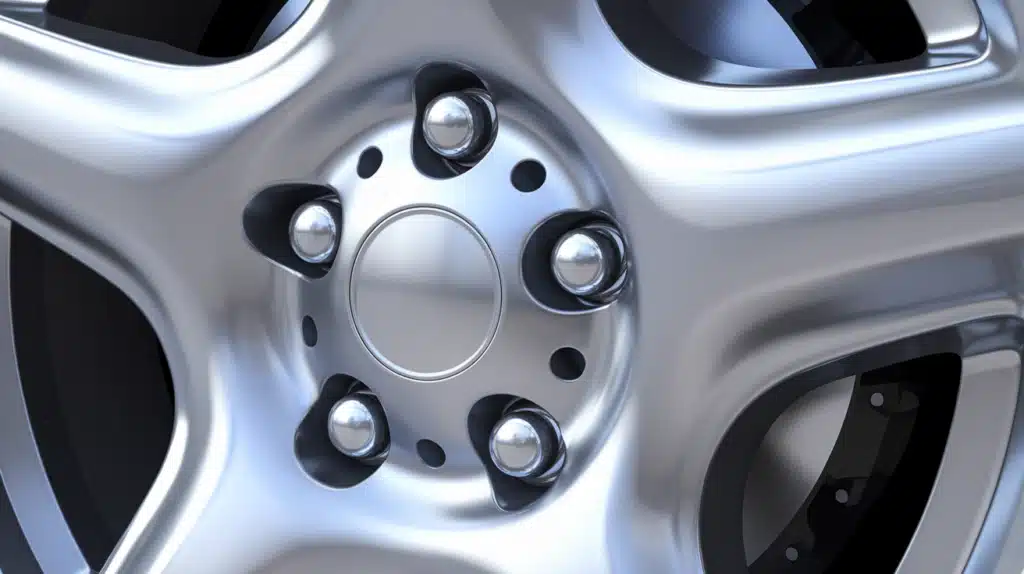
The 5×120.7 bolt pattern represents a specific wheel mounting configuration where “5” indicates the number of lug holes on the wheel, and “120.7” refers to the diameter in millimeters of the circle formed by these holes’ centers.
This standardized measurement is important for proper wheel fitment and vehicle safety. A bolt circle or pitch circle diameter (PCD) pattern creates a precise mounting point system that ensures wheels are securely attached to the vehicle’s hub.
Each lug hole is positioned at an equal distance from each other around the 120.7mm circle, creating a symmetrical and balanced attachment point.
This pattern is common in various vehicle makes and models, making it a relatively standard configuration in the automotive industry.
Key Factors for Wheel Selection
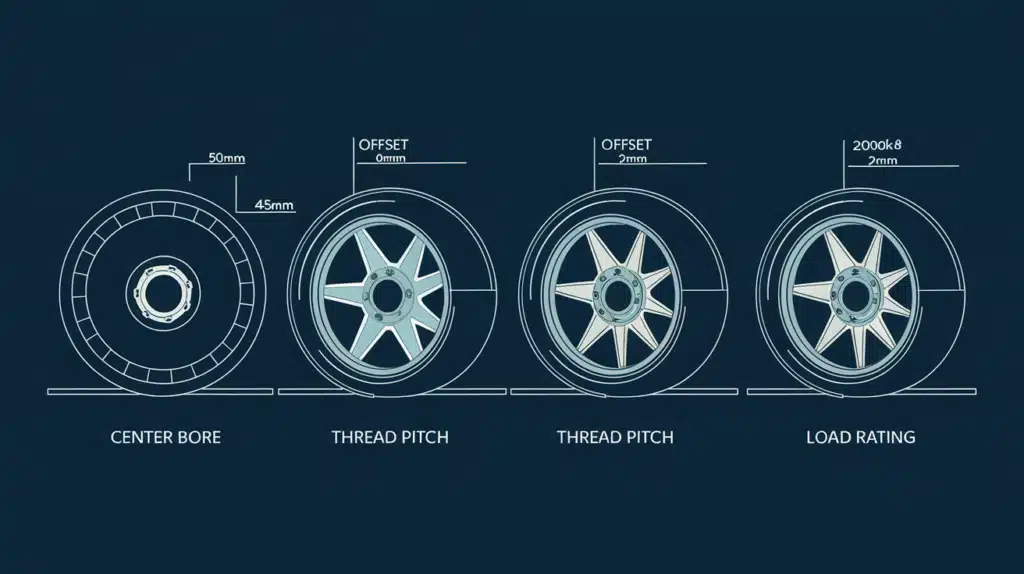
When choosing wheels with a 5×120.7 bolt pattern, several critical factors must be considered beyond matching the bolt pattern.
The center bore diameter is important as it must precisely match your vehicle’s hub to ensure proper centering and eliminate vibration issues.
Wheel offset, measured in millimeters, determines how the wheel sits relative to the suspension components and fender wells – too much or too little offset can affect handling and clearance.
Thread pitch and lug nut seat type are equally important considerations, as they affect how securely the wheel can be mounted.
Additionally, wheel width, diameter, and load rating must align with your vehicle’s specifications to maintain optimal performance and safety standards.
Does 5×120.7 Bolt Pattern Fit 5×127 Bolt Pattern?
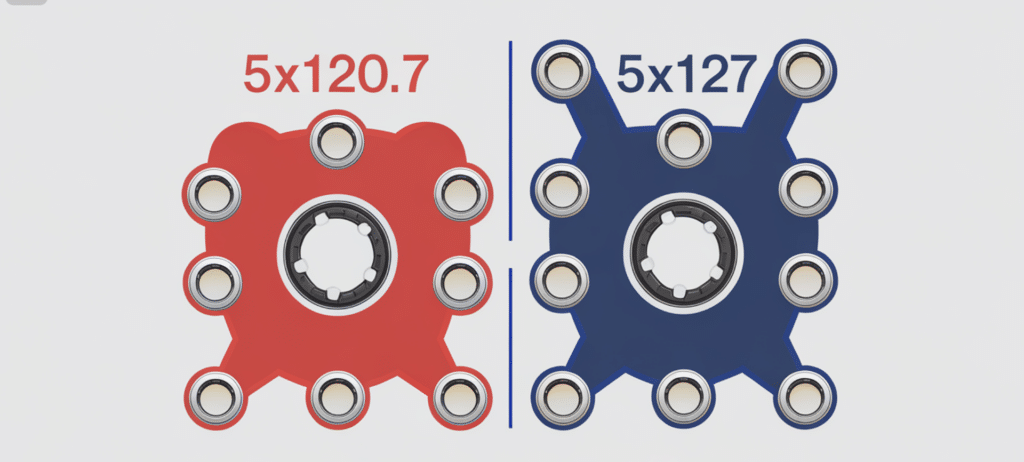
While similar in appearance, the 5×120.7 and 5×127 bolt patterns are not directly interchangeable due to their different pitch circle diameters.
The 6.3mm difference between these patterns means that attempting to mount a wheel with one pattern onto a hub with the other would result in misaligned lug holes, creating an unsafe mounting condition.
While wheel adapters exist that can convert between these patterns, their use requires careful consideration of factors like added spacing, impact on handling, and local regulations regarding wheel modifications.
The increased track width from adapters can affect vehicle dynamics and potentially cause clearance issues with suspension components or body panels.
For safety and optimal performance, it’s recommended to use wheels with the correct bolt pattern rather than attempting to adapt between patterns.
Installing the 5×120.7 Bolt Pattern Wheels
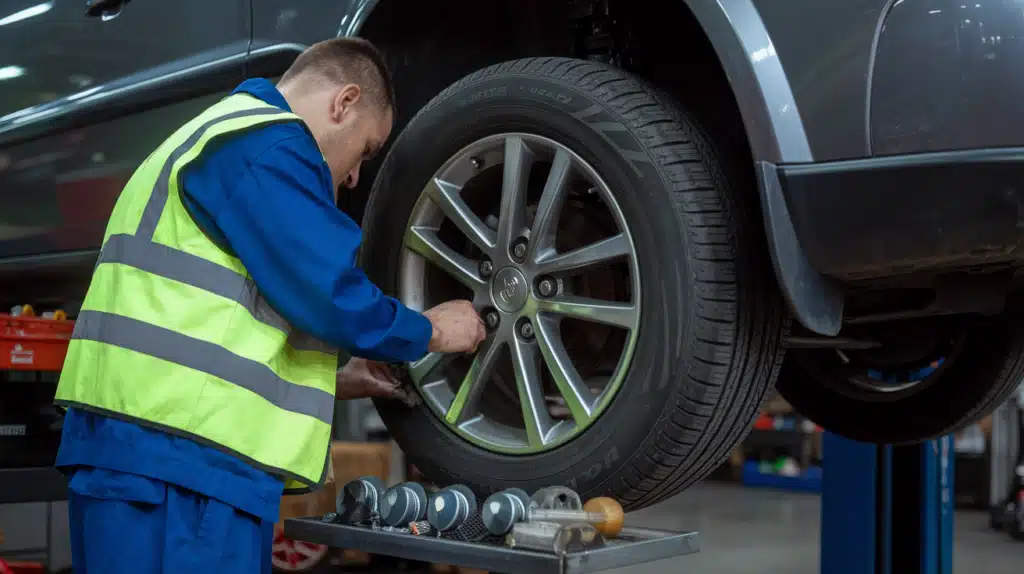
This section talks about getting those 5×120.7 wheels mounted properly. First, you’ll need a good torque wrench, some lug nuts that match your wheel’s seat type, and, most importantly, a safe way to lift your vehicle.
Before starting, ensure your car is on level ground, and the parking brake is engaged. Start by hand-threading all lug nuts to avoid cross-threading, which can be a real headache to fix later.
Here’s a pro tip: always work in a star pattern when tightening the lugs, and don’t go straight to the final torque – do it in stages.
Getting the torque right is extremely important – your wheel manufacturer will specify the exact number, but it’s usually between 85-100 ft-lbs for most passenger vehicles with this bolt pattern.
Avoid These Common Installation Errors
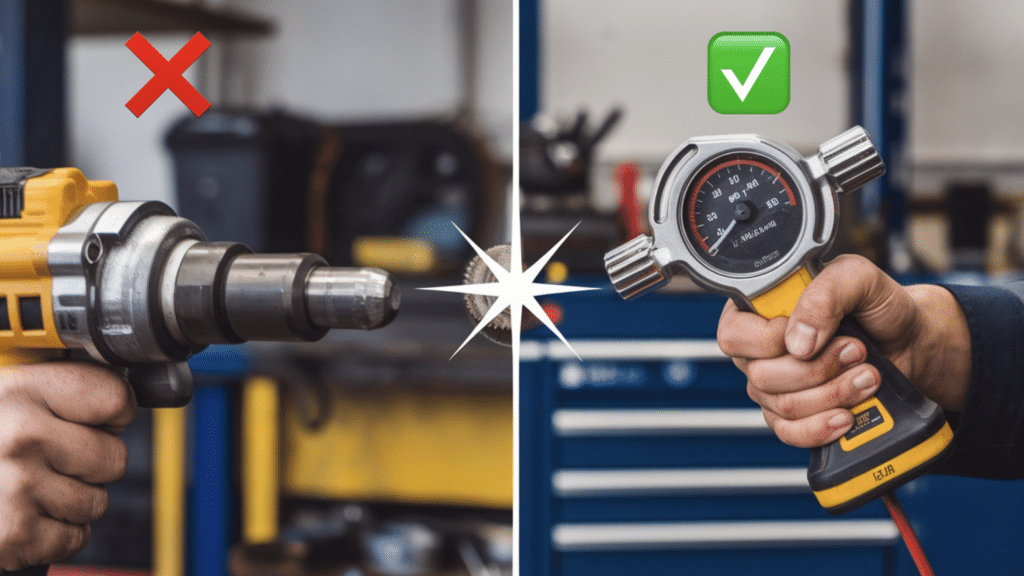
You wouldn’t believe how many people make these simple mistakes when installing wheels. The biggest one? Cranking those lug nuts as tight as possible with an impact wrench and calling it a day.
That’s a big no-no. Your wheels need specific torque settings, and over-tightening can stretch the studs or even cause them to snap.
Then there’s the folks who forget to check if their new wheels clear their brake calipers – trust me, that’s not a fun realization after you’ve already bought the wheels.
And here’s something people often overlook: using the wrong lug nuts. Just because they thread on doesn’t mean they’re the right ones for your wheels. Double-check that seat type – it matters more than you might think.
Applications in Vehicle Types
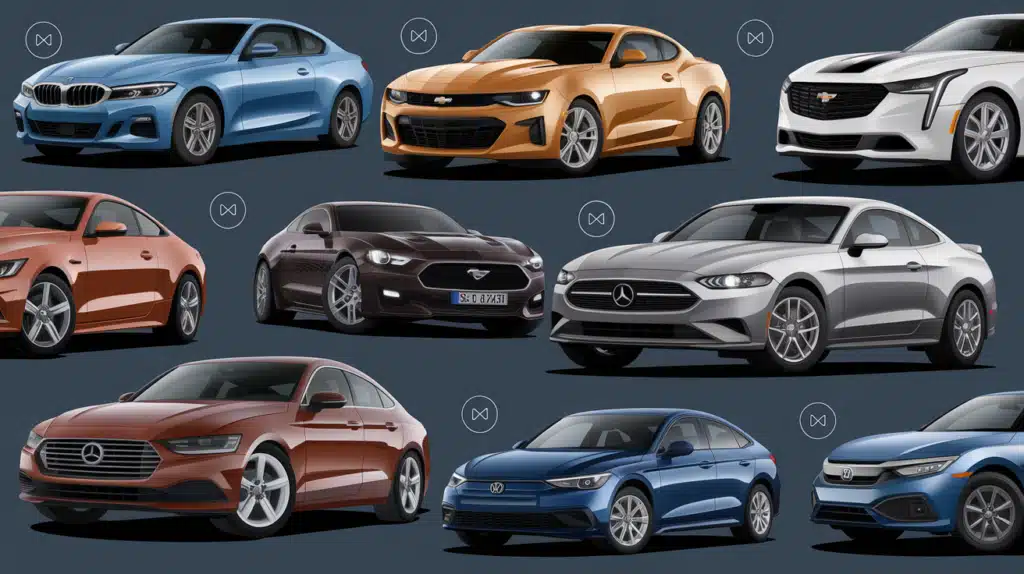
The 5×120.7 bolt pattern shows up on quite a mix of vehicles, and you might be surprised at some of them. BMWs are probably the most well-known for using this pattern – pretty much every 3-series from the E36 onwards has it.
But it’s not just luxury cars – you’ll find this pattern on plenty of Chevrolet models too, like the Camaro and some Corvette years.
What’s cool is how this pattern crosses over between different vehicle types. You’ll see it on sporty coupes, family sedans, and even some crossovers. Pontiac used it on the GTO, and Cadillac had it on some CTS models.
It’s kind of like the Swiss Army knife of bolt patterns – it pops up everywhere once you start looking for it.
Benefits of the 5×120.7 Bolt Pattern
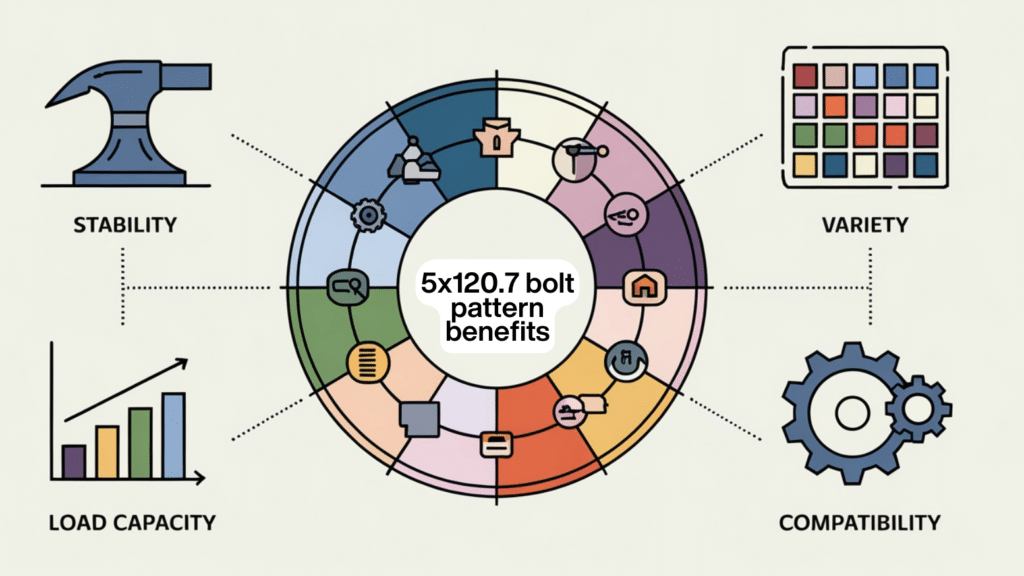
You know what’s great about the 5×120.7 pattern? It’s become something of a standard in the automotive world, and that’s good news for wheel enthusiasts.
When it comes to stability, this pattern really shines because those five lugs are appropriately spaced around that 120.7mm circle, giving you highly-even weight distribution.
Plus, since so many manufacturers use this pattern, you’ve got numerous aftermarket options to choose from. If you’re into sporty looks or more classic designs, you’ll find wheels that fit your style.
It’s also worth mentioning that this pattern is pretty forgiving when it comes to load capacity, which means you can confidently use it for everything from lightweight sports cars to heavier luxury sedans.
Vehicles Using the 5×120.7 Bolt Pattern
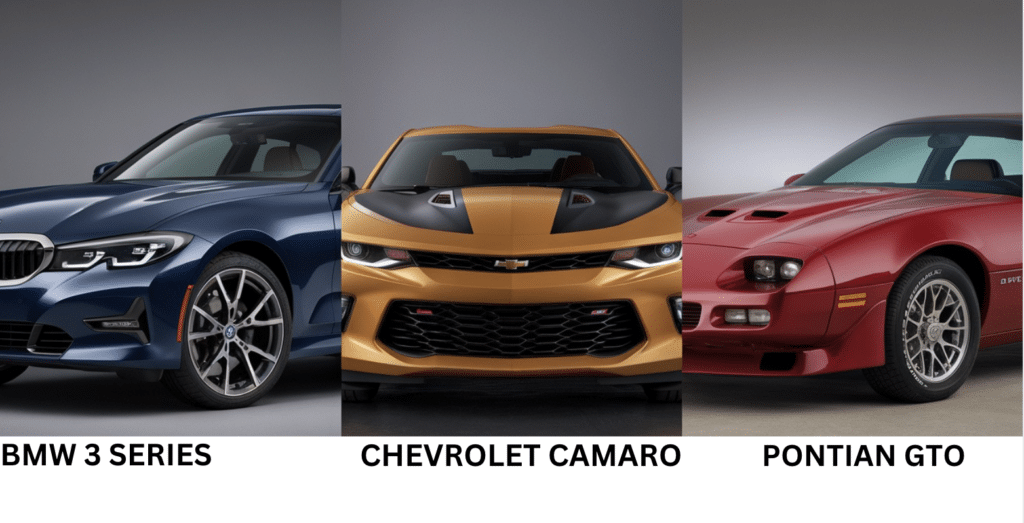
When we analyze the world of 5×120.7 bolt patterns, you’ll find it’s used across quite a diverse range of vehicles. From luxury German sedans to muscle cars, the 5×120.7 pattern has found its way onto some pretty impressive rides.
This document breaks down some of the most popular vehicles by manufacturer. Pay special attention to the hub bore measurements – they vary quite a bit between brands, which is extremely important when wheel shopping.
Even though these cars all share the same bolt pattern, their other specs might differ.
Here’s a detailed look at some key models that came factory-equipped with the 5×120.7 bolt pattern:
1. BMW 3-Series (E36/E46/E90)
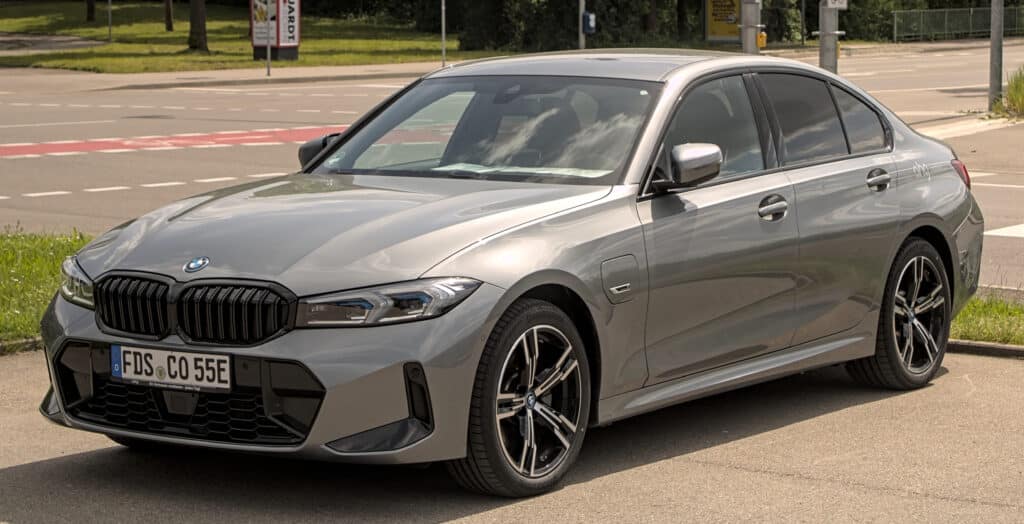
- Wheel sizes ranging from 16” to 19“
- Hub bore: 72.56mm
- Common fitment years: 1992-2011
2. Chevrolet Camaro (5th Gen)
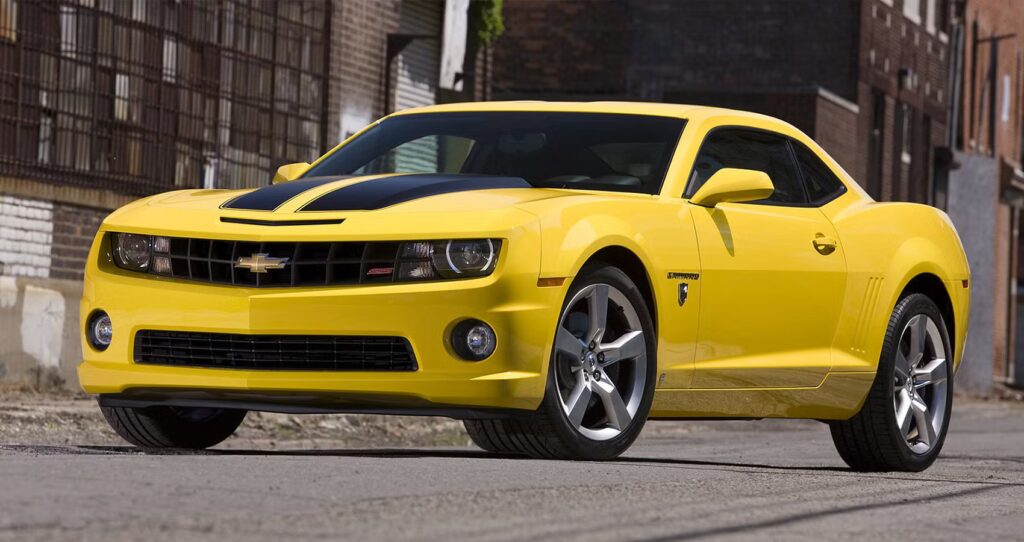
- Compatible with 18” to 20” wheels
- Hub bore: 66.9mm
- Production years: 2010-2015
3. BMW 5-Series (E39)
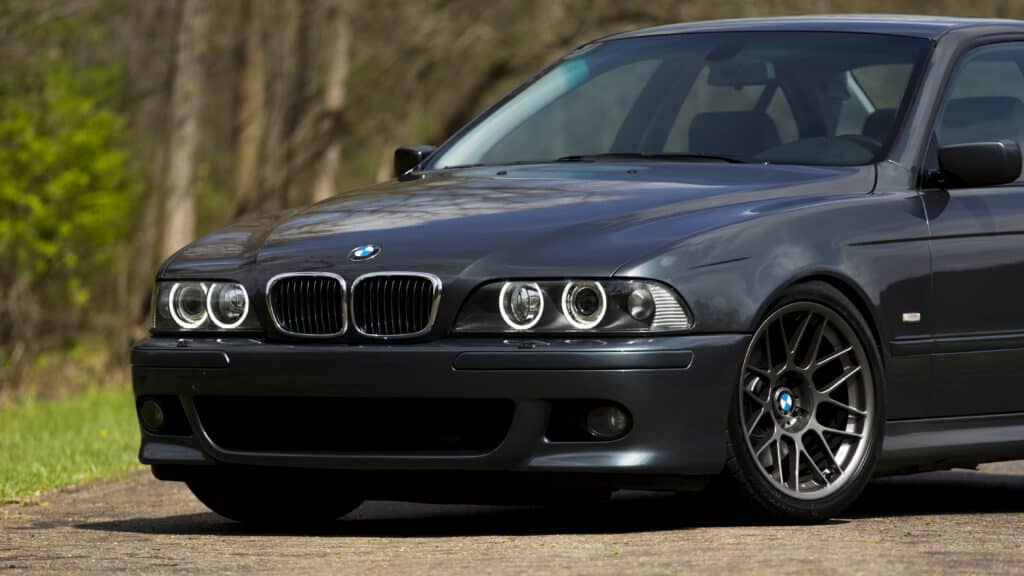
- Supports 16” to 20” wheel applications
- Hub bore: 72.56mm
- Manufacturing period: 1995-2003
4. Pontiac GTO
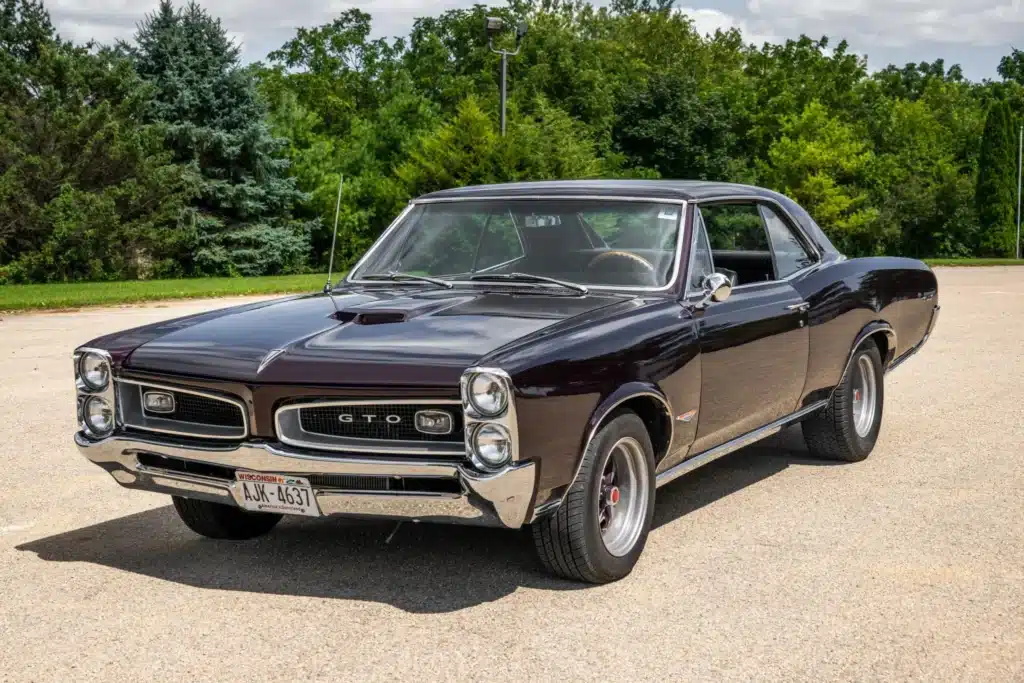
- Factory fitment: 17” and 18” wheels
- Hub bore: 66.9mm
- Model years: 2004-2006
5. BMW X5 (E53)
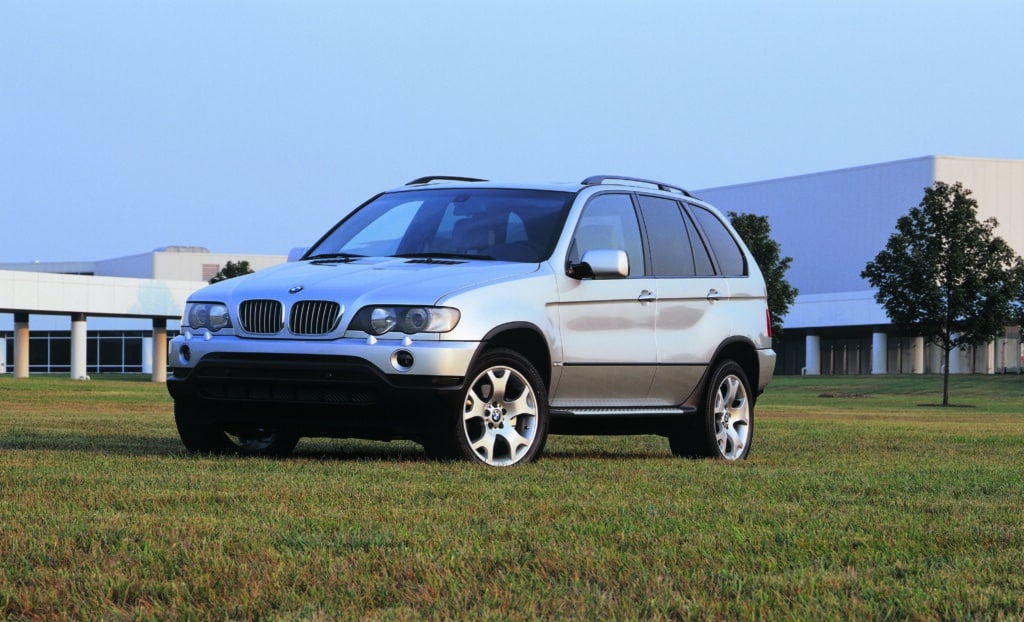
- Accommodates 18” to 22” wheels
- Hub bore: 72.56mm
- Production span: 2000-2006
Conclusion
Let’s wrap up what we’ve learned about the 5×120.7 bolt pattern. It’s really the sweet spot for many car enthusiasts because it offers that optimal blend of wide availability and solid performance.
Remember though, getting the right fit isn’t just about matching the bolt pattern – you’ve got to consider the hub bore, offset, and load ratings too.
If you’re in the market for new wheels, take your time with measurements and don’t hesitate to consult with wheel experts or your local shop.
When you’re upgrading your BMW, Chevy, or any other vehicle with this pattern, there’s a huge world of wheel options out there waiting for you.
And hey, if you’re still unsure about fitment, it’s always better to double-check than to end up with wheels that don’t quite work for your ride.


